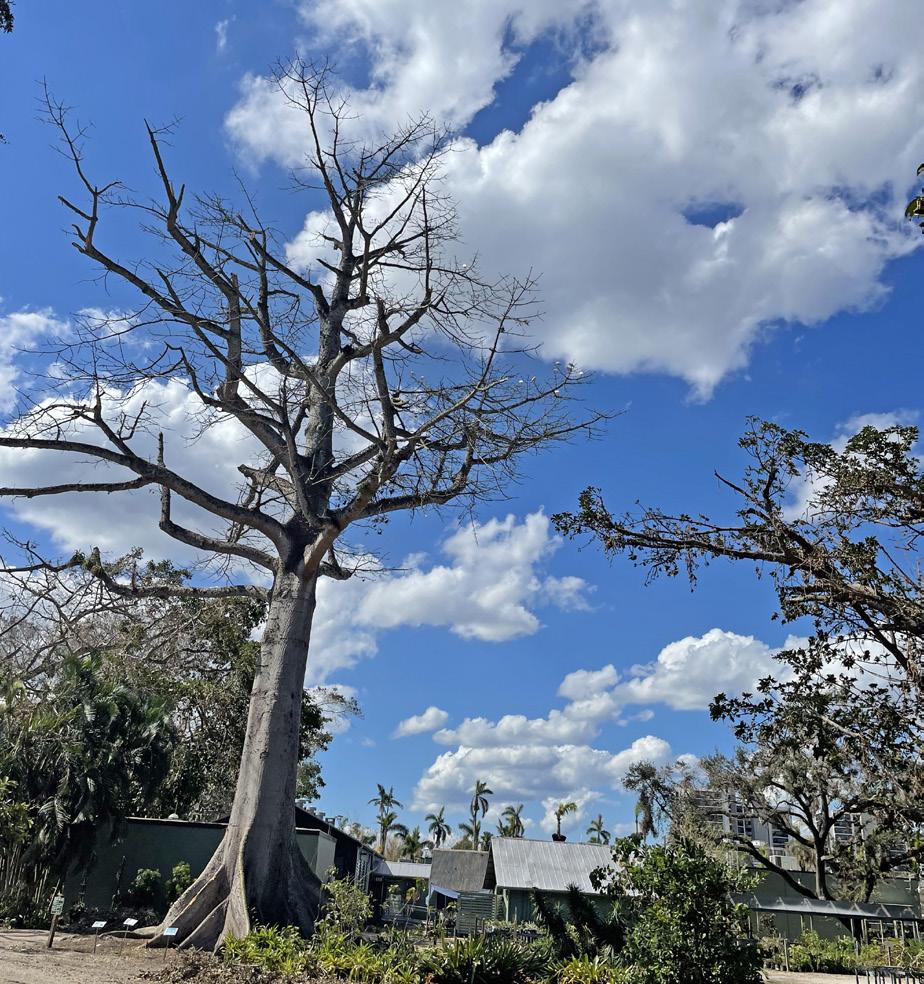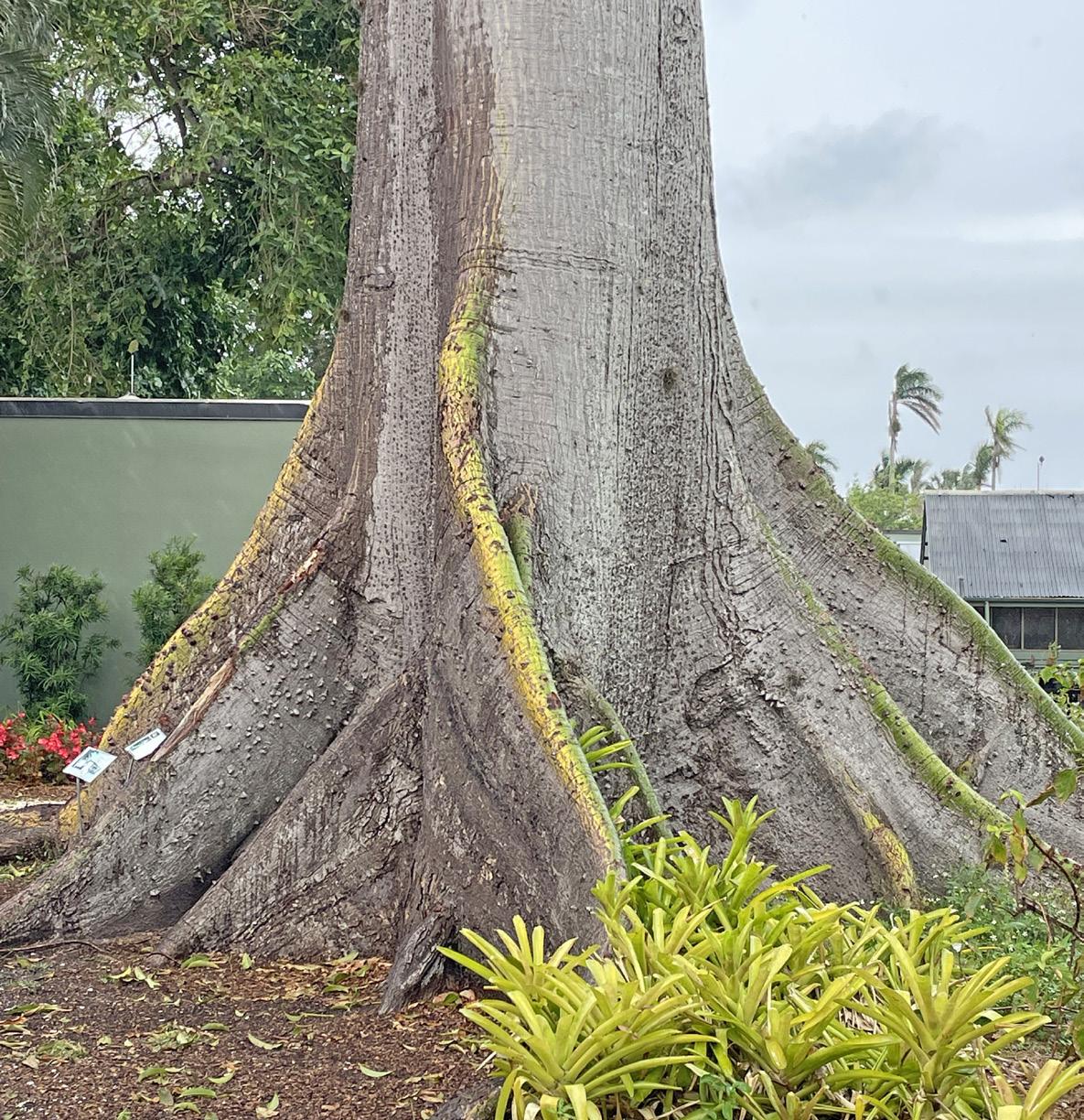






JOSHUA A. SKY, CAREER COACH AND LEADERSHIP TRAINER
Like many of you who are experiencing milestones with family and friends, years ago we attended our niece’s 8th grade graduation. During the ceremony, the principal reminded everyone of the daily ritual of reciting the Pledge of Allegiance and their own school’s Pledge. Would like to share it with you here:
Today, I will do my best. I will listen. I will follow directions. I will be responsible. I will respect the rights of others. I will learn. It’s all up to me.
Water aerobics will start at 9 a.m. and end at 10 a.m.


Are these only words for our youth to live by or can we all apply these every day in our professional and personal lives?
“Don’t
strive to be perfect, just give it a 100%.” - Utibe Samuel Mbom

Our annual Easter event sponsored by Jack Mancini with Keller Williams Realty was fantastic! The kids enjoyed an egg hunt, crafts, a photo with the bunny, a pony ride and petting zoo. There was also a basket raffle with many amazing items,


congratulations to all those winners. We hope everyone had a wonderful Easter!























Production Directors
Stephen Miller
Elizabeth Miller
Sales Department
Tom English
Margo Williams
Laura Berrio
Bret McCormick
Miranda Ledbeter
Alyssa Debban
Justein Matthias
Anissa Stender
Webmaster
Selina Koehler
Production Manager
Lee Nostrant
Production Department
Elaine Donholt
Ruth Nekoranec
Katie Heystek
Dianne Strout
Karen Kalisz
Michelle Feeney
Andie Reynolds
www.seabreezecommunications.com

The following ladies’ luncheons have been scheduled:
Tuesday, May 13, 2025 at 11:30 a.m. Cantina 109 Gulf Coast Town Center
Tuesday, June 10, 2025 at 11:30 a.m. Coconut Jacks
5370 Bonita Beach Road SW Bonita Springs
Tuesday, July 9, 2025
TBD




You may sign up for all luncheons at the community center to have your name placed on the list. If you sign up and later cannot attend, please notify us at least 24 hours in advance. Carpooling is encouraged. If you have any questions or need a ride match, please contact Helen Ruocco at (239) 9920616; paradise11@comcast.net


Or you can reach the April Traffic Survey summary, video and presentation slides at: https://esterotoday.com/mar2025summary
The Village Management and the Projects Manager will provide an update on the Estero Recreation and Sports Complex on May 23.
The meeting, which is open to the public, will take place at the Estero Recreation Center, located at 9285 Corkscrew Palms Blvd (inside the Estero Community Park), Estero, FL, on Friday, May 23, at 10 a.m. The Estero Recreation and Sports Complex represents the most significant investment made by the Village in its 10-year history. It will be situated on the parcel of land between Williams Road and Via Coconut Point. High 5 Entertainment will construct the Pickleball
courts at this site, along with several other attractions. The site plan allows ample space for additional recreation and sportsrelated partnerships, some of which may be announced during the meeting.



Don’t miss this opportunity to gain valuable insights from Steve Sarkozy, David Willems, and Michael Comparato and become more informed about the Complex. It’s also your chance to have your questions answered and provide input into the development. Your presence is crucial to the success of this meeting and the future of the Complex.

Due to limited seating, please register your intention to attend this May 23 event as soon as possible.
The link for registration is https:// esterotoday.com/may2025
Don’t forget, if you are not receiving Engage Estero’s free regular communications, you can easily sign up to do that on the front page of the website. www.esterotoday.com.
JEWEL FAERBER AND THE ACTIVITIES COMMITTEE
JEWEL’S EMAIL: JCF0519@COMCAST.NET
Reminder: Please email Jewel if you are attending so we can distance the tables. If we do not get 10 people, bingo will be canceled.
2025- BINGO
UPCOMING DATES ARE:
May 8 and 15
From 7 to 9 p.m. in the Stoneybrook Clubhouse.

Please bring your masks (optional). Stay safe and take care of yourselves.
• $10 for 3 cards/game. We play 10 double games.
• Daubers are available for purchase at $1.50 each.
• BYOB and snacks.
• 18-plus years of age only (Florida state law)

MONDAY, WEDNESDAY AND FRIDAY –
8 TO 8:30 A.M. AND 8:30 TO 9 A.M.
There are two, half-hour stretch segments. It’s an excellent way to work all the different parts of the body while improving your balance, coordination and strength. It uses your own resistance as we strive for total body toning and fitness. Each class is a cross between tai chi, yoga and Pilates. This is a great class to achieve a full stretch.

You can come to one session or both, depending on what works for you. Come and join us!
For any questions call: Linda Masters, (740) 361-4088.

May is a month with warm weather, calm seas, and the potential for good fishing. The month brings a host of choices for anglers of all skill levels.
This is the time of year that gives anglers the best opportunity to hook into a tarpon, as they move into Southwest Florida waters by the thousands. Look for them a short distance off the beaches, around the Gulf Passes, bridges, plus throughout the inshore waters. Tarpons’ diet includes a variety of baits, however at times they will not eat anything you offer. Live baits including crabs, Atlantic thread herring, pinfish, and large shrimp are top choices and cut bait fished on bottom, including mullet, ladyfish, and catfish tails are tarpon favorites.

you are fishing an area and hooking ladyfish or mackerel, you can be assured sharks are nearby. A chunk of ladyfish is sure to get attention, use a minimum of a foot or two of wire leader to prevent cutoffs.
Sharks of all sizes roam the inshore waters, around the Gulf Passes, and offshore around schooling baitfish and reefs. Large hammerhead and bull sharks follow tarpon schools awaiting their next meal. Spinner and blacktip sharks are almost identical in appearance, and both offer an incredibly hard fight, often with a great aerial show. If
Spanish mackerel is an underrated fish that gives an excellent fight as they are super-fast and strong. If iced down as soon as they are caught and eaten fresh, they are very good on the table. Good numbers of schooling mackerel frequent areas just outside or inside the Gulf Passes, around bridges, and artificial reefs within sight of land. Either trolling or casting silver spoons with a fast retrieve is the top method for consistently hooking mackerel. A short trace of light wire leader reduces cutoffs from their razor-sharp teeth.
KAREN M. MAXWELL, HORTICULTURE SPECIALIST AND HORTICULTURE PROGRAMS COORDINATOR
When visitors to Edison and Ford Winter Estates walk toward the museum from the parking lot, the first giant tree that they encounter is often the majestic Kapok. Commanding in several aspects, this tree was designed to and has withstood many hurricanes, trucks rolling over its protruding roots and extended periods of drought. The tree is stabilized by 15-feet-high buttress roots that offer an interesting backdrop for guests taking photos. This tree is the tallest species in South America and Africa.

Ceiba pentandra is a member of the Malvaceae family of plants and trees. Kapok is a modern name from Malay, meaning tree. Ceiba is the indigenous Spanish tribal name (pronounced “Say”ba) and pentandra refers to the five (penta) stamens of its flowers, which range in color from cream to pale pink. Historically here at the Estates, there are many references to this tree’s cousin, the red silk-cotton tree (Bombax ceiba) which has grown on the riverside since the 1930s per the historical tree inventories. While the silk-cotton trees are native to Asia and Africa, Ceiba pentandra is native to Central and South America.
Considered the tallest species that grows in the Amazon rainforest, it is no wonder that the Hometree in the movie Avatar was modeled after this gray giant. To the ancient Mayans, the Ceiba pentandra was considered the symbol of the universe. Though not native to Africa, it is believed that the buoyant and waterproof seed pods of the Kapok managed to float across the seas and land on the African continent – today it is the largest tree that grows in Africa and has served as landmarks for rural villages.
The name Kapok has been used interchangeably over the years to also refer to the silk-cotton trees because they produce a similar seedpod, full of seeds attached to fluffy silk (floss) collars to aid in their dispersal. Bombyx is a Greek word, meaning silk and this silk allows both Ceiba and Bombax

THE MAJESTIC KAPOK IS THE LARGEST TREE IN SOUTH AMERICA AND AFRICA. VISITORS CAN SEE THIS TREE AT EDISON AND FORD WINTER ESTATES.
seeds to travel more than 50 miles in wind.
In Java, the Kapok is an important agronomic commodity due to its fast growth, becoming productive


within six years. Known to grow more than a foot a year during its first few years, the tree is documented to reach heights of more than 200 feet in its native habitat. Kapoks require excessive amounts of water during their young growth years.
I happened to be present one day, when a malfunctioning waterline was uncovered, quite close to the base of the Kapok – it is possible that our gorgeous king of the forest had the benefit of an unrestricted water supply for many years, promoting its enormous growth. We’ll never know for sure. As it matures, the Kapok becomes deciduous during the winter, a survival tactic when water is scarce, to be followed by spring flowering and maybe seedpod production. The Kapok seeds consist of about 25% oil, similar to cottonseed oil; after extraction it is used in cooking, soapmaking and for lubricants. The plush “floss” was once used to make mattresses, and more importantly life jackets, due to its light weight and buoyancy; however, once the flammability factor was discovered, its use was discontinued for life jackets.
In addition to its massive buttress root systems, the tree, and its cousins, are instantly recognized for the sharp points that grow lower on the trunk, presumably to deter herbivores that would enjoy its tasty leaves. Similar to our collection of Bombax trees, the spines are very dominant on young trunks and disappear from the trunk as the trees age and gain stature.


VISITORS TO EDISON AND FORD WINTER ESTATES ENJOY USING THE LARGE, BUTTRESS ROOTS OF THE KAPOK AS A BACKDROP WHEN TAKING PHOTOS.
photographer used white light to capture the Artibeus bat of Jamaica and one can clearly see the bat’s body covered in yellow pollen. According to the Florida Bat Conservancy, this particular bat has been spotted on very infrequent occasions in South Florida; but it does make me wonder how someone would know if they’re visiting the top of our Kapok under the cover of darkness? Or are moths and bees pollinating it?
A close relative is the Floss Silk Tree ( Ceiba speciosa ), which many readers will recognize as the showy tree covered in pink blossoms in mid-autumn, typically around late October. A gorgeous specimen adjacent to the Garden Council building in the Berne Davis Garden was lost during Hurricane Ian . Some materials refer to this tree also as Kapok because their trunks are similar and the seedpods are quite similar, but the Ceiba speciosa only grows to about half the height of a fully grown

C. pentandra . The beautiful Floss Silk (sometimes also called Silk Floss – either way is acceptable) was inventoried on our historic property during the 1930s garden tours.
My research into where our Kapok ranks with others in the United States turned up some interesting results. On the site “Monumental Trees,” the Edison Ford’s Kapok photographs are the most frequently viewed of U.S. Kapoks. The last posted measurements were in 2015, where the circumference or girth was indicated as “greater than 4 meters” and the “height unknown.” We hope to update those records in the coming weeks. While clearly not the largest in the world – that record seems to belong to a Ceiba pentandra in Costa Rica that has a recorded height of 198 feet. Perhaps there is a new place in the record books for our Kapok.
Pinochle players are needed to play at the clubhouse! Ladies and gentlemen included. We will teach you how to play! Please call Hellen Ruocco at (239) 992-0616.